Invented by Richard T. Lord, Robert W. Lord, Nathan P. Myhrvold, Clarence T. Tegreene, JR., Uber Technologies Inc
Transportation networks are becoming more interconnected, involving multiple stakeholders, carriers, and modes of transport. This complexity often leads to conflicting directives, causing delays, inefficiencies, and potential disruptions in the supply chain. Therefore, the development of systems and methods to verify and resolve these conflicts is essential for maintaining smooth operations and meeting customer demands.
One of the key drivers of this market is the rise of digitalization and advanced technologies. With the advent of Internet of Things (IoT), Artificial Intelligence (AI), and Big Data analytics, it is now possible to collect and analyze vast amounts of real-time data from various sources. This data can be utilized to develop intelligent systems that can identify and resolve conflicts in directives.
These systems can be designed to integrate with existing transportation management systems, providing real-time alerts and recommendations to operators and decision-makers. By analyzing data from different sources, such as traffic conditions, weather forecasts, carrier schedules, and customer demands, these systems can identify potential conflicts and propose alternative routes or modes of transport to avoid disruptions.
Moreover, the market for systems and methods to verify directive conflicts is not limited to traditional transportation modes like road, rail, air, and sea. The rise of new transportation technologies, such as drones and autonomous vehicles, further adds to the complexity of directive management. These emerging technologies require specialized systems that can ensure their directives do not conflict with other transportation activities.
The market potential for such systems and methods is vast, as they can be applied across various industries and sectors. For example, in the e-commerce industry, where fast and reliable delivery is crucial, these systems can help optimize last-mile deliveries, ensuring that multiple directives from different customers do not conflict and cause delays.
Similarly, in the healthcare sector, where the transportation of medical supplies and equipment is time-sensitive, these systems can play a vital role in ensuring that directives for urgent deliveries do not conflict with routine transportation activities.
In conclusion, the market for systems and methods to verify that one or several directives that direct the transport of a secondary end-user do not conflict is a rapidly growing sector. With the increasing complexity of transportation networks and the need for efficient supply chain management, these systems are becoming essential for businesses to maintain smooth operations and meet customer demands. The integration of advanced technologies and the ability to analyze real-time data are driving the development of intelligent systems that can identify and resolve conflicts in directives, ensuring seamless transportation and delivery processes.
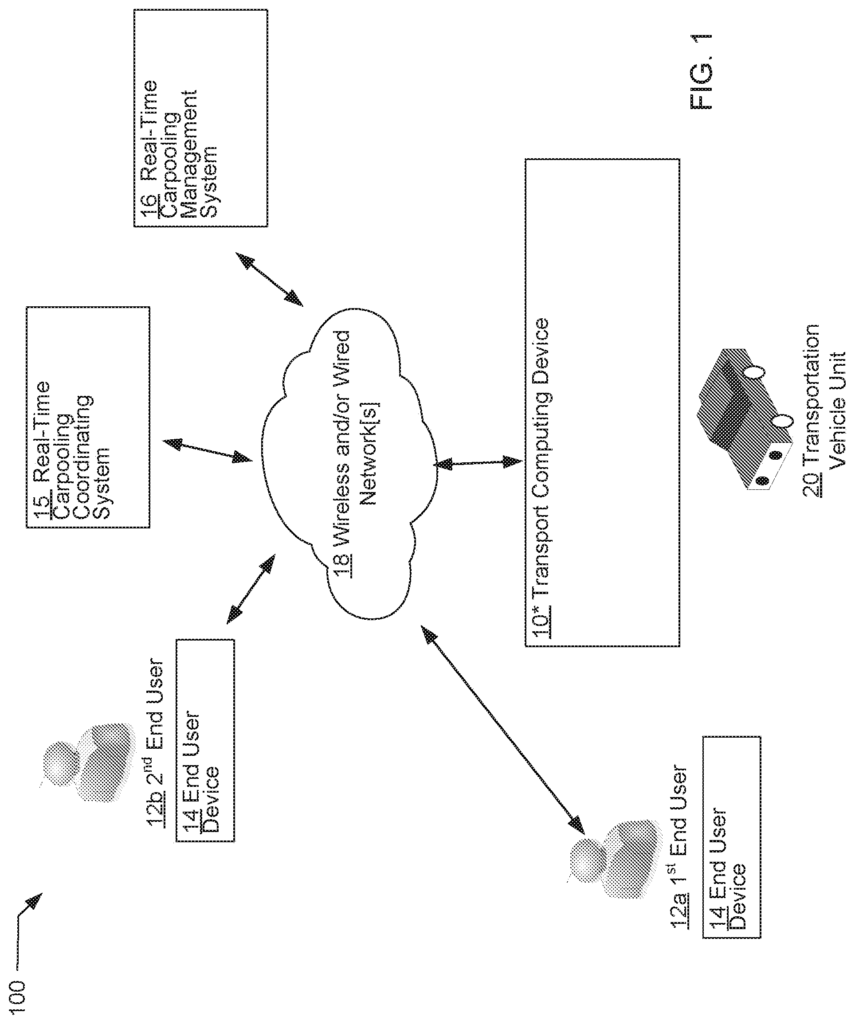
The Uber Technologies Inc invention works as follows
Computer implemented methods and systems for receiving first directives directing a transportation unit to transport an end-user; receiving second directives directing the transportation unit to transport another end-user while transporting a first user, after the transportation unit has been determined to be capable of accommodating transport of the second user while transporting a first user; and verifying compliance with the second directives won’t conflict with any obligations the transportation unit may have to transport the end-user. Other aspects are described by the claims, drawings and text in addition to what has been stated above.
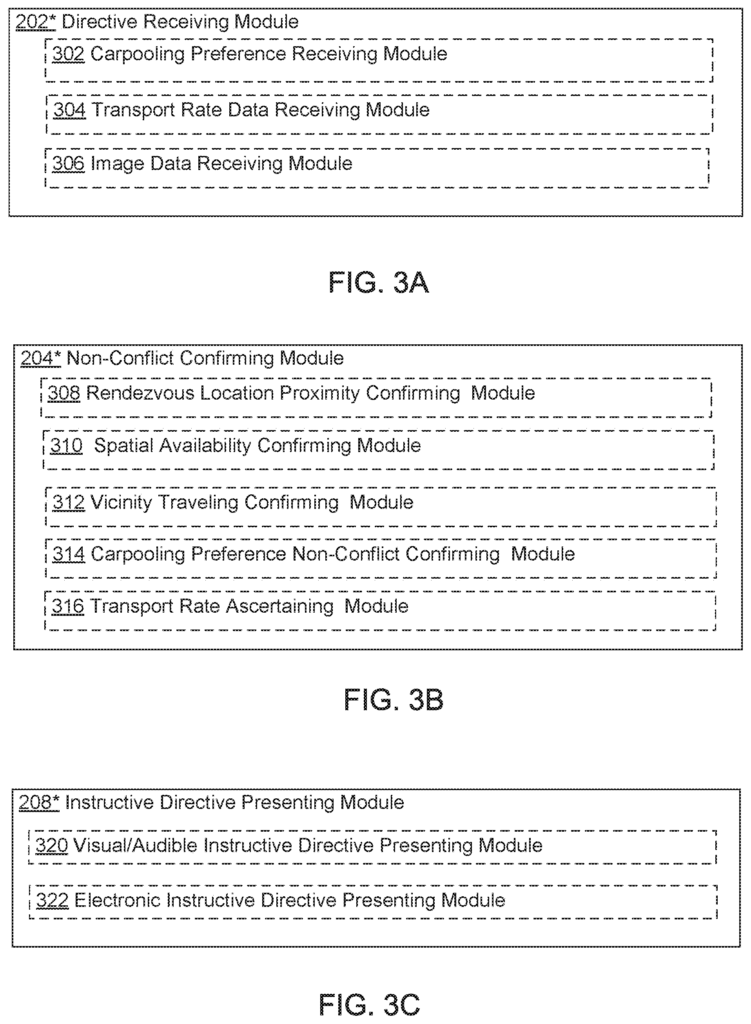
Background for Systems and methods to verify that one or several directives that direct the transport of a secondary end-user do not conflict with any one or more obligations for transporting a first end-user
In various aspects of a method, the method may include, but not be limited to: receiving one or several first directives that instruct a transportation unit to transport an end-user, receiving while the transportation unit is on its way to or transporting a first user one or two second directives which direct the transport vehicle unit transport a secondary end-user while transporting a first user. The transportation unit has been determined capable of accommodating transport of the second user while transporting a first user. In some implementations, one or more of the above-mentioned operations are performed by a machine. Other method aspects, in addition to those described above, are described in the drawings, text, and claims that form a part hereof.
In one aspect or another, one or several related systems can be implemented in machines or compositions of material or manufacturing of systems. This is limited to subject matter patentable under 35 U.S.C. 101. One or more systems related to the one in question may include circuitry and/or software for implementing the method aspects referred to herein. Circuitry and/or software may consist of a combination of hardware, firmware, or software configured to perform the method aspects described herein, depending on the design decisions of the system designer.
The system may include, among other things, means to receive one or several first directives which direct a transport vehicle unit (or a group of transportation vehicles) to transport a user. Means to receive, while the transport vehicle unit is on its way to the user or is currently transporting it, one or two second directives which direct the transport vehicle unit to also transport a user at the same time as the user is being transported. Other system aspects, in addition to those described above, are described in the drawings, text, and claims that form a part hereof.
In one or several aspects, “a system” includes circuitry that receives one or multiple first directives that instruct a transportation unit to transport an end-user, circuitry that receives, while the transport vehicle unit is on its way to or transporting a first user, one of more second directives directing the transport vehicle unit transport a second user while transporting a first user, and circuitry that verify that the compliance with one or two second directives won’t conflict with one, or possibly more, obligations for the Other system aspects, in addition to those described above, are described in the claims and drawings that form a part hereof.
In one or several aspects, an computer program product comprising a non-transitory signal-bearing storage medium, carrying one or multiple instructions, including but not limited, receiving first directives directing a transportation unit to transport first end users, receiving second directives directing the transportation unit to transport second end users while transporting first end users, verifying compliance with one of more second directives won’t conflict with obligations for the transportation unit to transport first endusers. Other computer program product features are described by the claims, drawings and text that form a part hereof.
The system can be divided into several aspects. One of them is the following: a directive-receiving module that is configured to receive one or two directives that instruct the transport vehicle unit to transport another end-user while it is transporting the other end-user. This is possible because the transport vehicle unit has been proven to be capable of accommodating transporting both end users at the same time.
The system can be described in various ways. It includes circuitry that receives, when a transportation unit is on its way to or transporting a user, one of more directives that instruct the unit to transport another user at the same time as it transports the user. This is possible because the unit has been found to be capable of accommodating the transport of the user.
The present disclosure includes text, drawings, and/or claims (e.g. detailed description and/or claims).
The summary may include generalizations, omissions, or simplifications. Those skilled in the field will understand that it is only intended as an illustration and NOT to be limiting in any way. The detailed description of the device and/or process and/or the other subject matter described in this document will reveal additional aspects, features and advantages.
In the following detailed description there is a reference to the accompanying illustrations, which are incorporated into this document. In the drawings, symbols that are similar to those used in the detailed description or drawings will typically indicate similar or identical items or components, unless the context dictates otherwise. The detailed description, drawings and claims do not limit the illustrative examples. Other embodiments can be used, and changes made without departing the spirit or scope presented here.
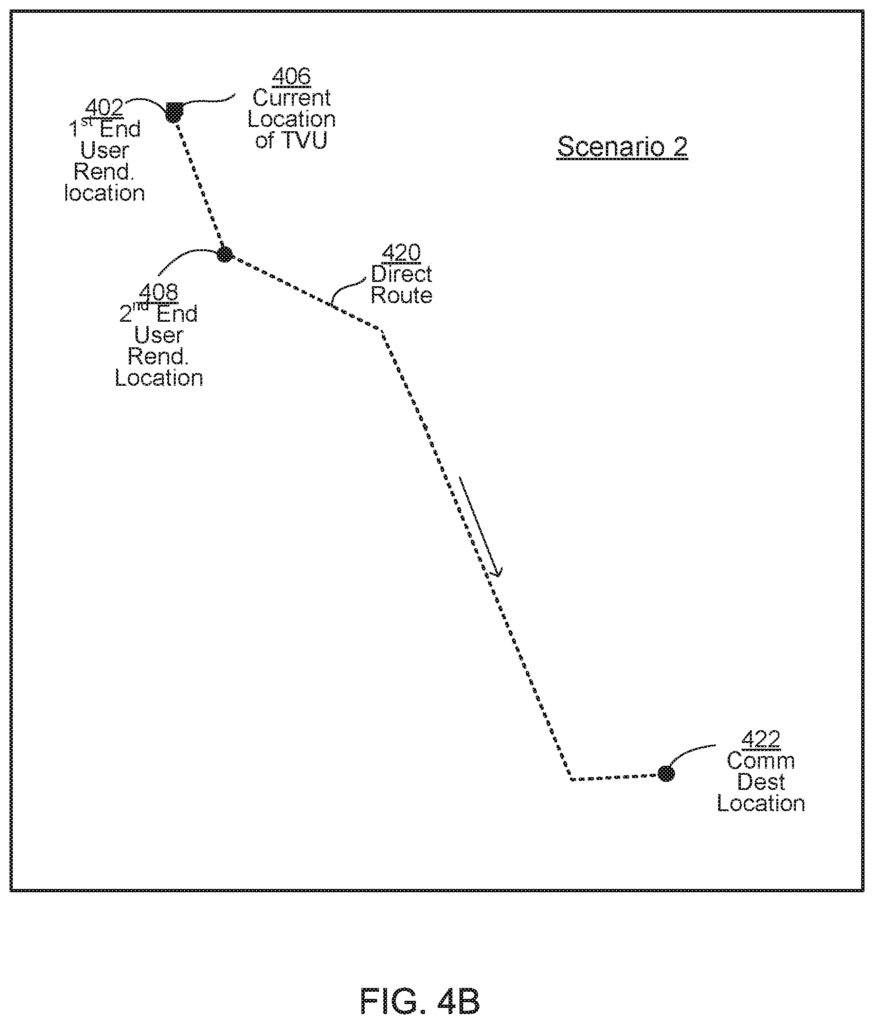
According to various embodiments, computer-implemented methods, systems and circuitry are used in articles of manufacture as well as in ordered chains of material, and computer programs products. These can be used, for example, to provide wearable computing devices in the environment shown in FIG. 1 .
The claims, description, and drawings of this application may describe one or more of the instant technologies in operational/functional language, for example as a set of operations to be performed by a computer. Such operational/functional description in most instances would be understood by one skilled the art as specifically-configured hardware (e.g., because a general purpose computer in effect becomes a special purpose computer once it is programmed to perform particular functions pursuant to instructions from program software).
Importantly, although the operational/functional descriptions described herein are understandable by the human mind, they are not abstract ideas of the operations/functions divorced from computational implementation of those operations/functions. The operations/functions are a specification for massively complex computational machines and other means. As discussed in detail below, the operational/functional language must be read in its proper technological context, i.e., as concrete specifications for physical implementations.
The logical operations/functions discussed herein are a distillation or description of machine specifications, or other physical mechanisms specified in the operations/functions so that otherwise obscure machine specifications may be understandable to the human brain. The distillation also allows one of skill in the art to adapt the operational/functional description of the technology across many different specific vendors’ hardware configurations or platforms, without being limited to specific vendors’ hardware configurations or platforms.
Some of the technical description (e.g. detailed description, drawings and claims) may be expressed in terms of logical operations/functions. may be set forth in terms of logical operations/functions. These logical functions/operations are not abstract ideas as described in detail in the next paragraphs. They are rather static or sequenced specifications for various hardware elements. The logical functions/operations are understood by those skilled in the art as representing static or sequenced specs of various hardware components, unless the context dictates otherwise. This is true because tools available to one of skill in the art to implement technical disclosures set forth in operational/functional formats-tools in the form of a high-level programming language (e.g., C, java, visual basic, etc. This is true because tools available to one of skill in the art are able to implement technical disclosures set forth in operational/functional formats-tools that take the form of a high-level programming language (e.g., C, java or visual basic). This is a text-based language for describing logic circuits. The term “software” can obscure this fact. As shown in the explanation below, those who are skilled in this art know that what’s called’software’ is a massively complex interchanging/specification of ordered-matter elements. is a shorthand for a massively complex interchanging/specification of ordered-matter elements. The term “ordered matter elements” is used. The term “ordered-matter elements” may refer to physical computing components, such as electronic logic gates, molecules computing logic constituents or quantum computing mechanisms.
For instance, a High-Level Programming Language is a language that has strong abstractions (e.g. multiple levels of abstraction) from the specifics of the sequential organization, states, inputs and outputs of machines, which a High-Level Programming Language actually specifies. See, e.g., Wikipedia, High-level programming language, http://en.wikipedia.org/wiki/High-level_programming_language (as of Jun. 5, 2012, 21:00 GMT). High-level programming language symbols are often similar to or the same as those of natural languages in order to aid human comprehension. See, e.g., Wikipedia, Natural language, http://en.wikipedia.org/wiki/Natural_language (as of Jun. 5, 2012, 21:00 GMT).
It has been claimed that high-level programming language use strong abstractions (e.g. that they can resemble or have symbols in common with natural languages), and are therefore a “purely mental construct” “Software” (e.g.) is a purely mental construct. “A computer program or computer-programming?is an ineffable construct because it is conceived and understandable by the human mind at a high abstraction level. The argument was used to describe technical descriptions in the form or functions/operations, as ‘abstract ideas.’ This is not true in the case of technological arts, such as information and communication technology.
The fact that high level programming languages are highly abstracted to aid in human understanding is not an indication that the idea expressed is abstract. Those skilled in the arts know that the exact opposite is true. If a high-level programming language is the tool used to implement a technical disclosure in the form of functions/operations, those skilled in the art will recognize that, far from being abstract, imprecise, ?fuzzy,? In any significant semantic sense, a high-level programming language is not abstract, imprecise,?fuzzy? or’mental? In a significant semantic sense, this tool is a near-incomprehensibly exact sequential specification of specific computation machines. The parts are constructed by activating/selecting these parts from more general computational devices over time. The superficial similarities between natural language and high-level programming can obscure this fact. These superficial similarities may also cause the fact that high level programming languages perform valuable work in creating/controlling a variety of computational machines to be glossed over.
The many different computational devices that a high level programming language specifies is almost unimaginably complicated. The computational machines are based on a type of ordered material (e.g. traditional external linking devices such as transistors, deoxyribonucleic acids (DNA), mechanical switches, optics and fluidics. These are then arranged into logic gates. “Logic gates are physical devices which can be driven by electrical, mechanical, chemical, or other means to change their physical state to create the physical reality of Boolean logical logic.
Logic circuits are physical devices which can be driven electrically, mechanically or chemically to achieve a physical manifestation of certain logical operations. Multiplexers, registers and arithmetic units (ALUs) are all types of logic circuits. They can be combined into other physical devices such as central processing units (CPUs), the best-known of which is the Microprocessor. Modern microprocessors often have more than 100 million logic gates (and more than a trillion transistors) in their many logic circuits. See, e.g., Wikipedia, Logic gates, http://en.wikipedia.org/wiki/Logic_gates (as of Jun. 5, 2012, 21:03 GMT).
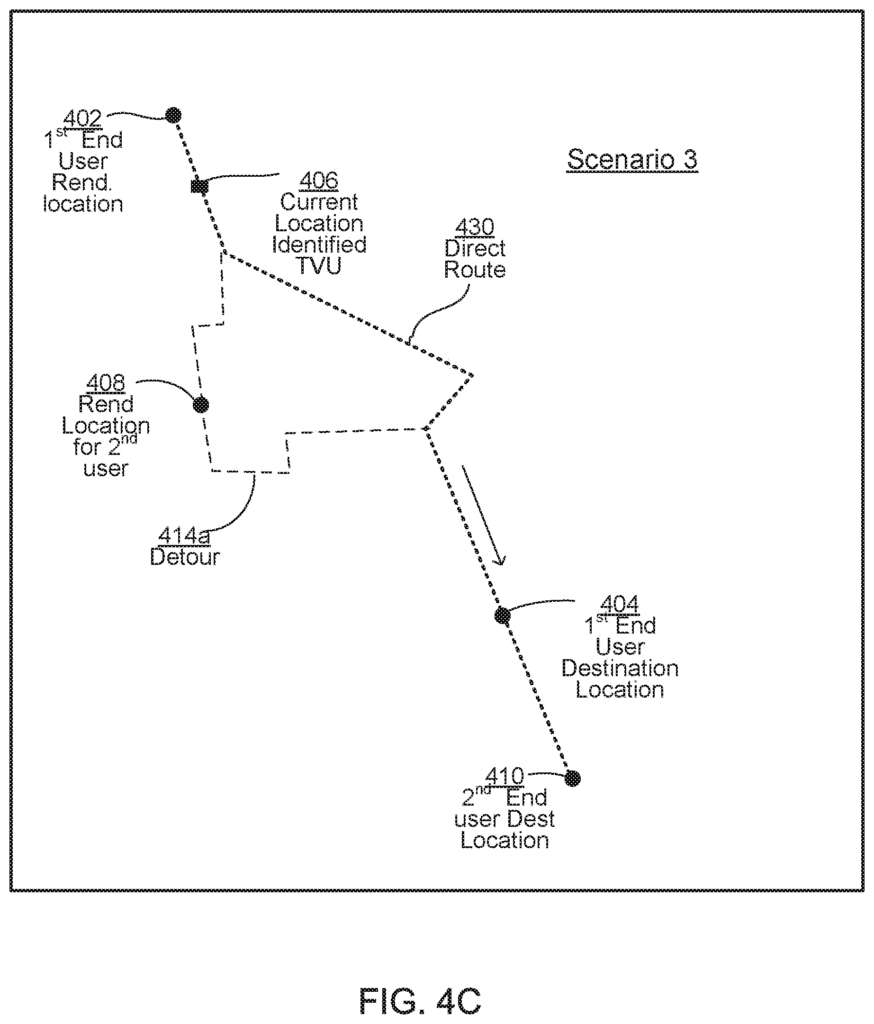
The logic circuits that make up the microprocessor have been arranged in a way that they can carry out instructions that are defined by the Instruction Set Architecture of that microprocessor. The Instruction Set architecture is the part that deals with programming. It includes native data types and instructions, registers and addressing modes, memory, interrupts and exceptions handling, as well as external input/output. See, e.g., Wikipedia, Computer architecture, http://en.wikipedia.org/wiki/Computer_architecture (as of Jun. 5, 2012, 21:03 GMT).
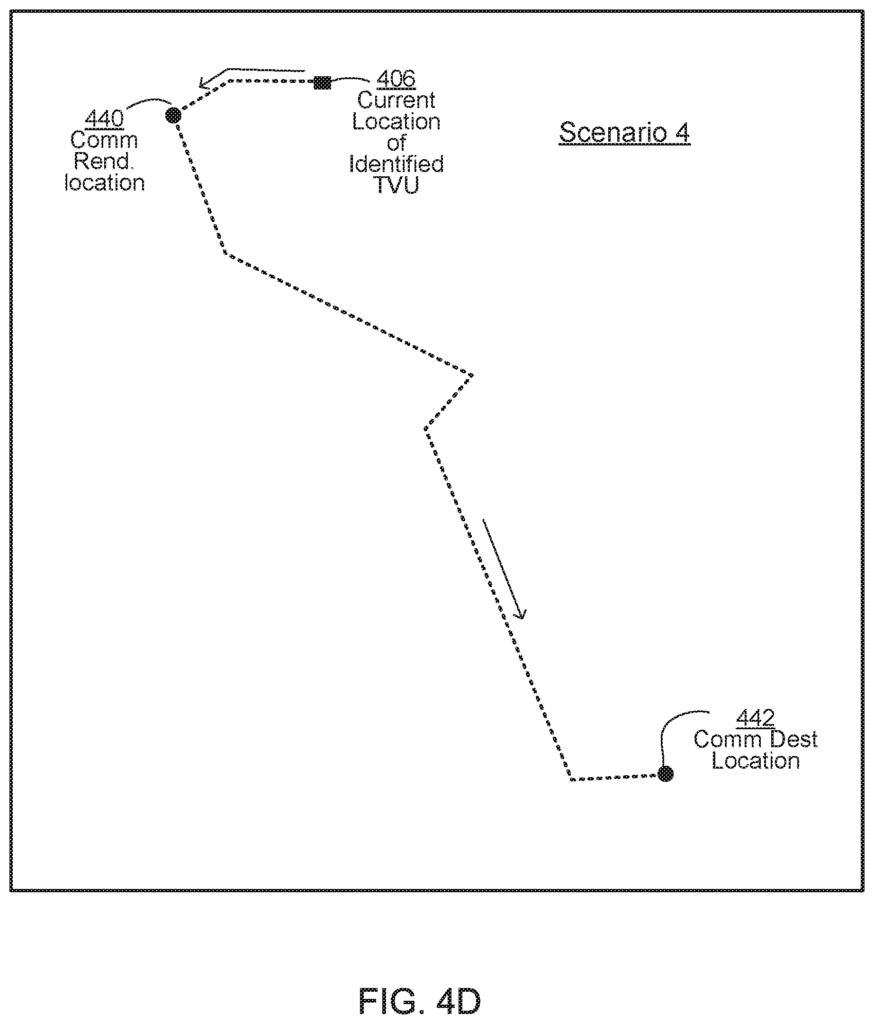
Click here to view the patent on Google Patents.
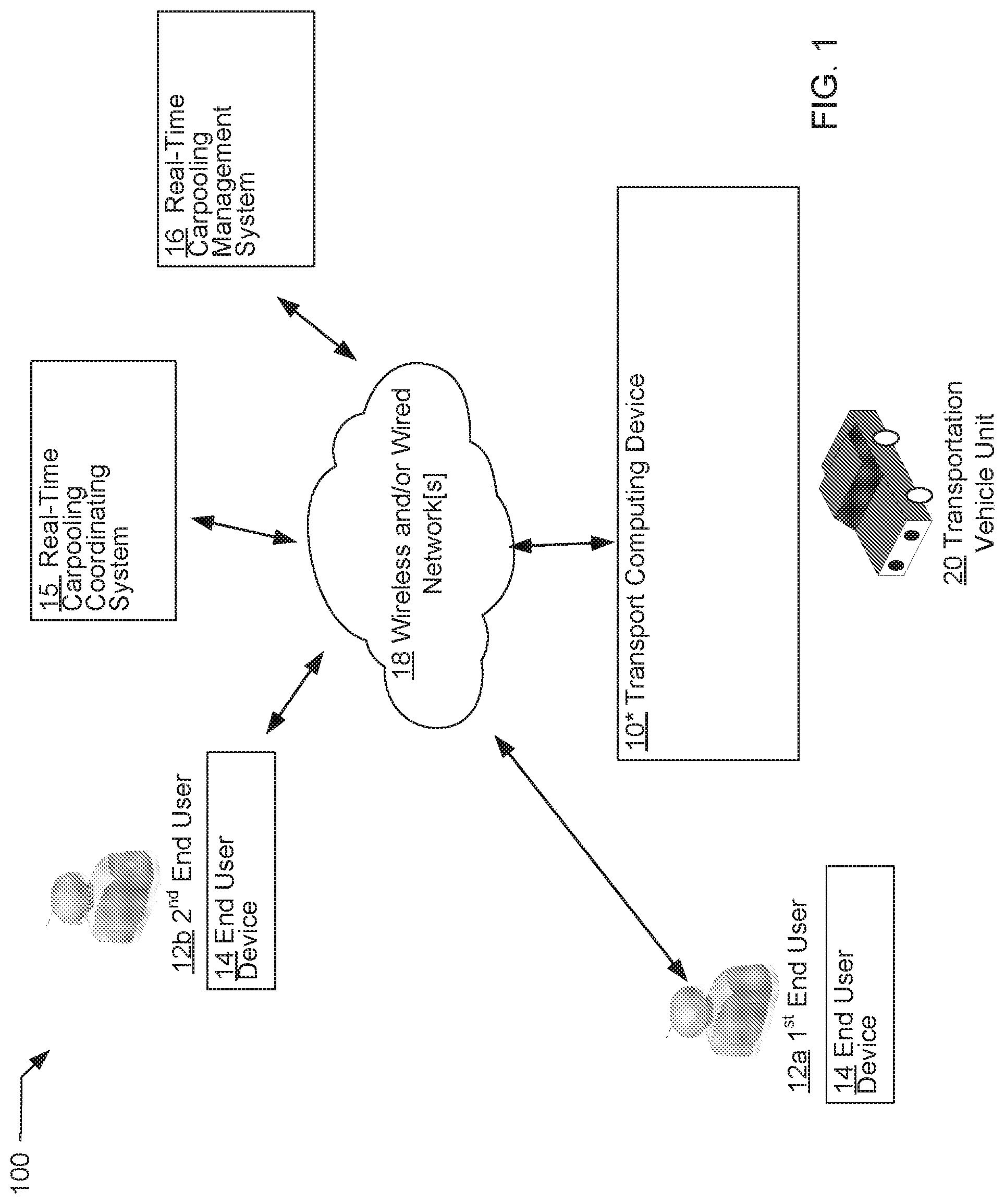
Leave a Reply